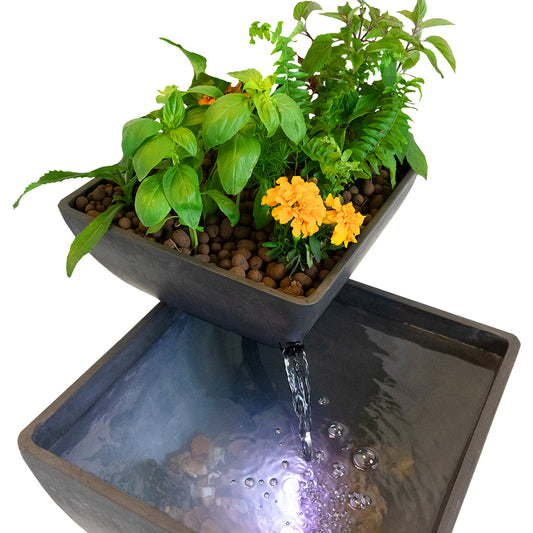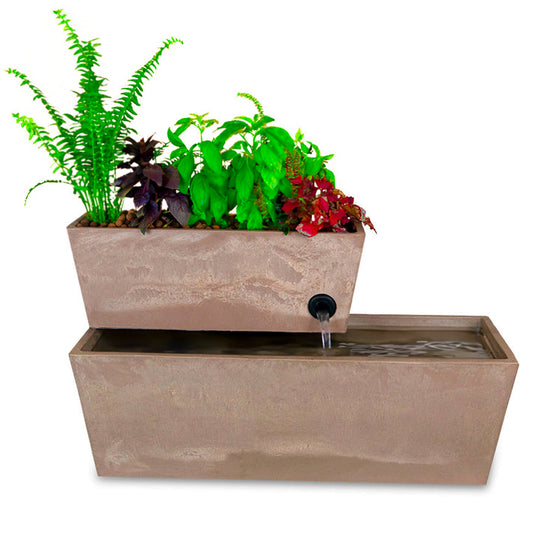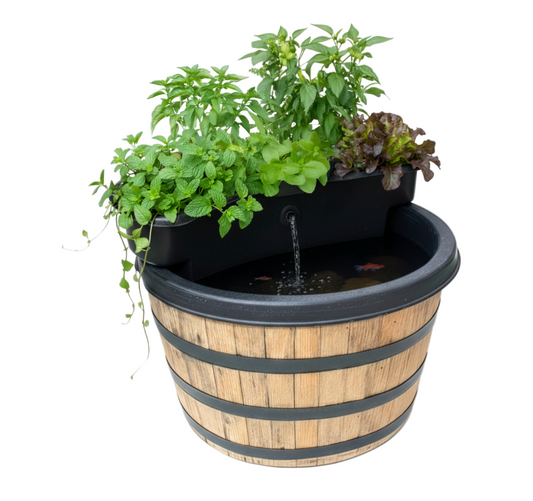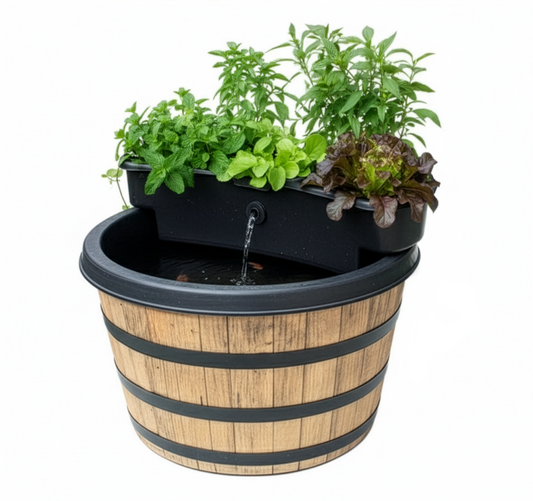Difference Between Hydroponics and Aquaponics

 Aquaponics, on the other hand, is a combination of hydroponics and aquaculture, the latter being the farming of fish, crustaceans, molluscs, aquatic plants, algae, and other aquatic organisms. Fish are kept in tanks and their waste is used to fertilize the plants grown in hydroponic-like systems. The plants help to clean the water for the fish, creating a symbiotic relationship. Aquaponics also has the added benefit of being a sustainable method of food production, as it combines fish and plant cultivation in one system, creating a self-sustaining ecosystem. Another important difference between the two methods is, in Hydroponics, plants are grown in a variety of mediums such as rockwool, clay pellets, perlite, vermiculite, coconut coir, and others, while in Aquaponics, plants are grown in a floating raft, net cups or in grow beds. Both methods can be used to grow a wide variety of plants, including vegetables, herbs, fruits, and flowers, and can be used in a variety of settings, including indoor and outdoor gardens, greenhouses, and even on rooftops.
Aquaponics, on the other hand, is a combination of hydroponics and aquaculture, the latter being the farming of fish, crustaceans, molluscs, aquatic plants, algae, and other aquatic organisms. Fish are kept in tanks and their waste is used to fertilize the plants grown in hydroponic-like systems. The plants help to clean the water for the fish, creating a symbiotic relationship. Aquaponics also has the added benefit of being a sustainable method of food production, as it combines fish and plant cultivation in one system, creating a self-sustaining ecosystem. Another important difference between the two methods is, in Hydroponics, plants are grown in a variety of mediums such as rockwool, clay pellets, perlite, vermiculite, coconut coir, and others, while in Aquaponics, plants are grown in a floating raft, net cups or in grow beds. Both methods can be used to grow a wide variety of plants, including vegetables, herbs, fruits, and flowers, and can be used in a variety of settings, including indoor and outdoor gardens, greenhouses, and even on rooftops.
Another difference between hydroponics and aquaponics is that hydroponics requires additional inputs such as synthetic fertilizers, while aquaponics relies on the natural nutrient cycle created by the fish waste. This makes aquaponics a more sustainable method of growing plants as it reduces the need for additional inputs and reduces the environmental impact of the system. Additionally, aquaponics systems also have the added benefit of providing a source of protein in the form of fish, making it a more self-sufficient method of food production. Hydroponics can be more expensive to set up and maintain than aquaponics because of the need for frequent testing and adjustment of the nutrient solution and monitoring the pH level, while Aquaponics relies on the natural cycle, fish feed and maintenance of water quality which is more affordable.
Overall, both hydroponics and aquaponics are effective methods of growing plants without soil, but they have different advantages and disadvantages. Hydroponics offers more control over the nutrient levels and pH of the solution, while aquaponics is a more sustainable and self-sufficient method of growing plants.










